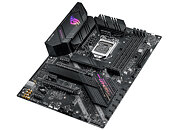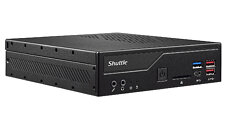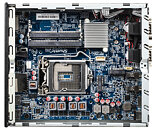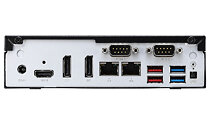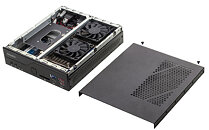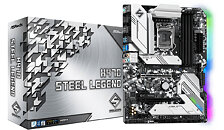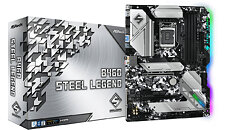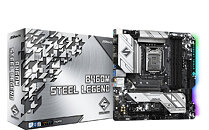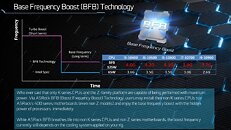
GIGABYTE Unleashes the AORUS Gen 4 7000s Prem. SSD
GIGABYTE Technology, one of the top global manufacturers of motherboards, graphics cards, and hardware solutions, announces today the latest AORUS Gen4 7000s Prem. SSD with up to 7 GB/s read speed while optimizing passive thermal dissipation, which promises no throttling under long-lasting operation. Through the SSD Tool Box application, users can have an instant control on overall operation of SSD.
AORUS Gen4 7000s Prem. SSD adopts the PCIe 4.0 NVMe M.2 interface and it equips the latest Phison E18 selected 8-channel controller, which provides users with ultimate random access rate, as well as the high speed 3D-TLC NAND Flash and SLC cache design that brings the PCIe 4.0 into full play. With the read speed up to 7 GB/s and write speed up to 6.85 GB/s, AORUS Gen4 7000s Prem. SSD can power up content creators, gamers, and users eager for extreme performance.
AORUS Gen4 7000s Prem. SSD adopts the PCIe 4.0 NVMe M.2 interface and it equips the latest Phison E18 selected 8-channel controller, which provides users with ultimate random access rate, as well as the high speed 3D-TLC NAND Flash and SLC cache design that brings the PCIe 4.0 into full play. With the read speed up to 7 GB/s and write speed up to 6.85 GB/s, AORUS Gen4 7000s Prem. SSD can power up content creators, gamers, and users eager for extreme performance.





